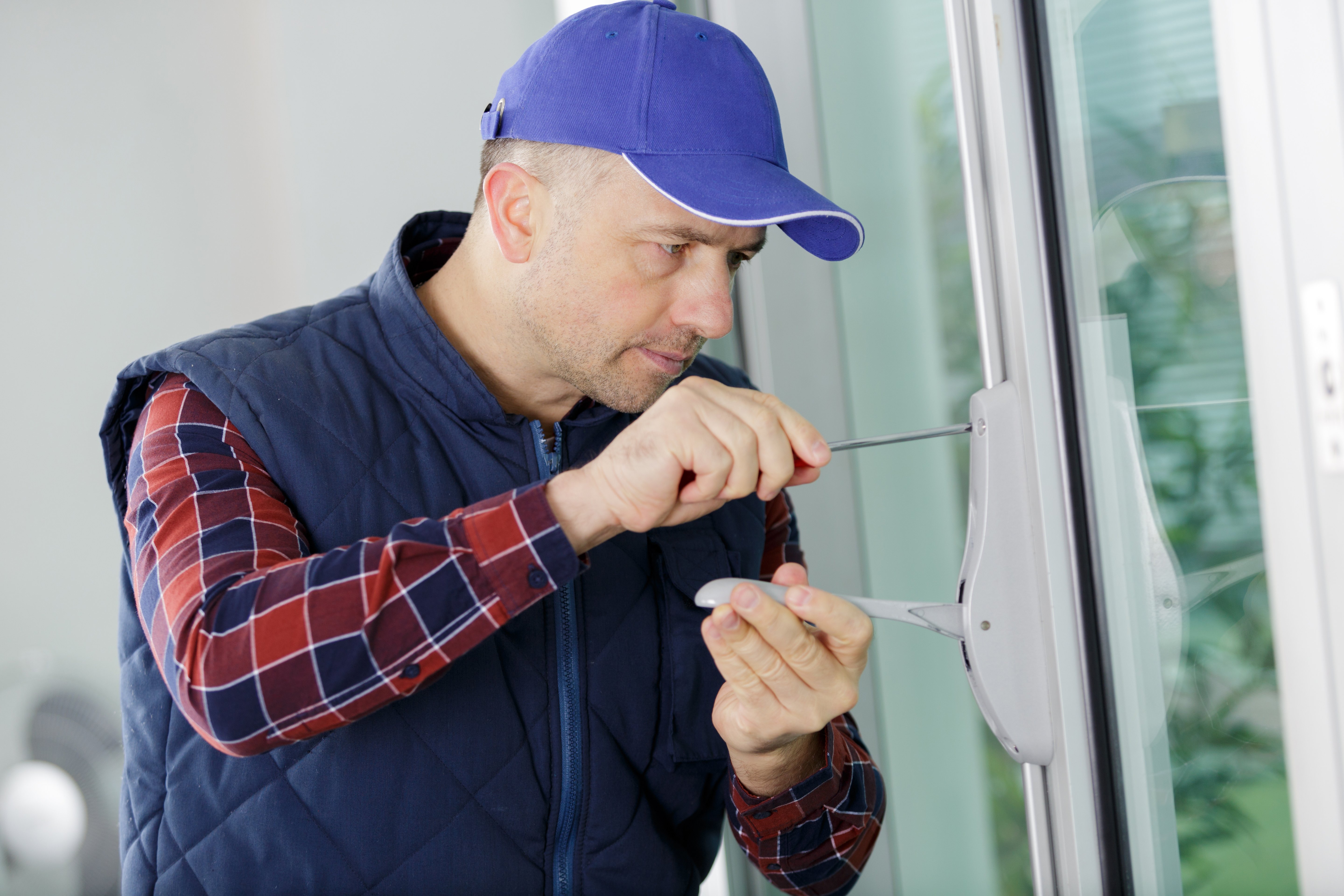Common Mistakes to Avoid When Replacing a Broken Window Lock

Replacing a broken window lock is an essential task to maintain the security and safety of your home. While it might seem straightforward, many homeowners make mistakes that can compromise the effectiveness of the new lock or cause unnecessary damage. This article will guide you through common pitfalls to avoid, ensuring your window lock replacement goes smoothly and securely.
Mistake 1: Choosing the Wrong Type of Lock
One of the most frequent errors is selecting a lock that isn’t compatible with your window type. Different windows require specific locks—sliding, casement, double-hung, or sash windows all have different locking mechanisms. Before purchasing a replacement, identify your window type and find a lock designed for it to ensure proper fit and functionality.
Mistake 2: Ignoring Proper Measurements
Failing to measure your existing lock accurately can lead to buying components that don’t fit, causing frustration and delays. Use a tape measure or ruler to record dimensions such as length, width, screw hole spacing, and latch size. Double-check measurements before ordering or buying parts in person.
Mistake 3: Not Turning Off Security Systems or Alarms
If your home has integrated security systems connected to your windows, replacing locks without disabling alarms can trigger false alerts. Always check any related systems beforehand and temporarily turn off sensors linked to the window you’re working on.
Mistake 4: Using Incorrect Tools or Forcing Components
Using improper tools like screwdrivers that don’t fit screws correctly may strip heads or damage surrounding frames. Additionally, forcing parts into place when they don’t align perfectly risks breaking fragile components or weakening installation integrity. Use appropriate tools and handle all parts gently but firmly during installation.
Mistake 5: Neglecting Regular Maintenance After Replacement
Even after installing a new lock successfully, neglecting routine maintenance such as lubrication or periodic checks can lead to early wear or malfunction. Make it a habit to inspect locks regularly for rust buildup, loosened screws, or alignment issues so you can address problems before they escalate.
By avoiding these common mistakes when replacing a broken window lock, you’ll enhance both security and peace of mind for your home environment. Taking time for careful selection, precise measurement, correct tool use, consideration of alarm systems,and ongoing upkeep ensures your new window lock performs reliably for years.
This text was generated using a large language model, and select text has been reviewed and moderated for purposes such as readability.


